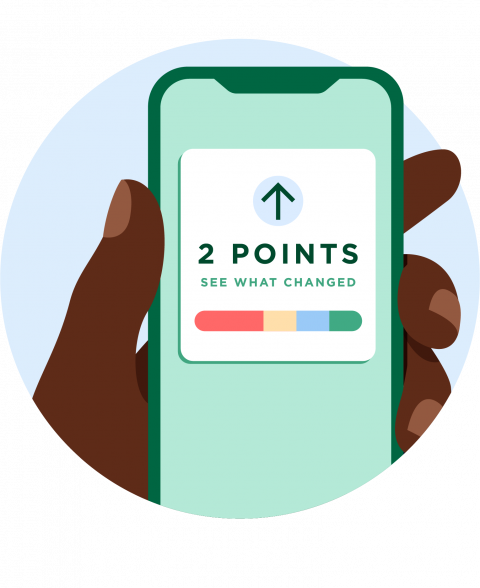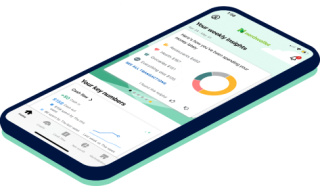What Is a Bad Credit Score? How Can I Build It?

Many, or all, of the products featured on this page are from our advertising partners who compensate us when you take certain actions on our website or click to take an action on their website. However, this does not influence our evaluations. Our opinions are our own. Here is a list of our partners and here's how we make money.
A bad credit score generally falls below 630 on the common scale of 300-850. Scores of 630 to 689 are considered fair credit in NerdWallet’s guidelines.
Bad credit can stand between you and the credit deal you want. It can mean you get turned down by a lender — or that you get approved but have to pay a much higher interest rate than if your credit score were higher.
There are ways to build up your bad score to get better deals. Understanding how credit scores work will help you know where to focus your efforts.
What is a bad credit score?
A bad credit score is in the 300 to 629 range, according to NerdWallet’s general guidelines. But individual lenders and card issuers set their own guidelines for what constitutes a bad score. Every lender makes its own decisions about the kinds of risks it is willing to take in extending credit.
Some lenders cater only to those with excellent credit, so even someone with a score of 695 could be rejected. Others may specialize in lending to people with bad credit scores and charge higher rates as well as fees for doing so.
Here’s how the categories in NerdWallet’s general guidelines fall:
720 and above: Excellent credit
690-719: Good credit
630-689: Fair credit
300-629: Bad credit

What is a bad FICO score?
A bad credit score on the FICO scale is under 580. FICO calls this the “poor” credit score range. Here’s the complete list of FICO’s ranges:
Below 580: poor.
580 to 669: fair.
670 to 739: good.
740 to 799: very good.
800 and above: exceptional.
What is a bad VantageScore?
A bad VantageScore, which the company refers to as “subprime,” is anywhere from 300 to 600. See VantageScore’s groupings below:
300 to 600: subprime.
601 to 660: near prime.
661 to 780: prime.
781 to 850: superprime.
What causes a bad credit score?
A low score can be caused by one of many possible factors, or a combination of them. A few examples include:
Late or missed payments.
Using too much of your credit limit.
Filing for bankruptcy.
Identity theft or fraud.
Bad credit behavior or bad luck could result in a low score. Learn more about reasons why your credit score may not be going up.
How to improve bad credit
Your credit scores are only a snapshot based on your credit report data at that moment. They change frequently.
By far the biggest factors influencing score are your payment history and credit utilization. That means you need a track record — the longer, the better — of payments made by the due date. Aim to use less than 30% of your credit limits, and lower is better.
There are some credit products that could help you build your credit. Three worth trying are:
A secured credit card. You make an initial cash deposit, which typically becomes your credit limit. You then use the card like a regular credit card, being careful to pay your bill on time and keep your balance low.
Credit-builder loans. A loan amount is released to you after you pay off the loan. Make sure the lender — typically a credit union or community bank — will report your payments to the three major credit-reporting agencies.
Becoming an authorized user. If someone who has a long record of on-time payment and low credit utilization is willing to add you to a credit card, your credit could benefit.

What does a bad credit score mean for you?
If a lender does agree to extend you credit, you’ll pay more in interest than someone who has a higher credit score.
You won’t qualify for the best credit cards, for example, or personal loans at single-digit interest rates.
You’ll face subprime rates to finance a car or a house.
You may also have to pay more for auto insurance, depending on the state you live in, and may have to pay more for home insurance.
You may be stuck paying utility deposits that people with higher credit scores get to skip.
Keep in mind, a bad credit score doesn't mean you’re a bad person — it might just mean you put some unexpected bills on a credit card and had trouble paying, or that you missed a car payment when you lost your job. Credit is really just a tool, and what makes a score “bad” depends on what you want it to accomplish for you.


